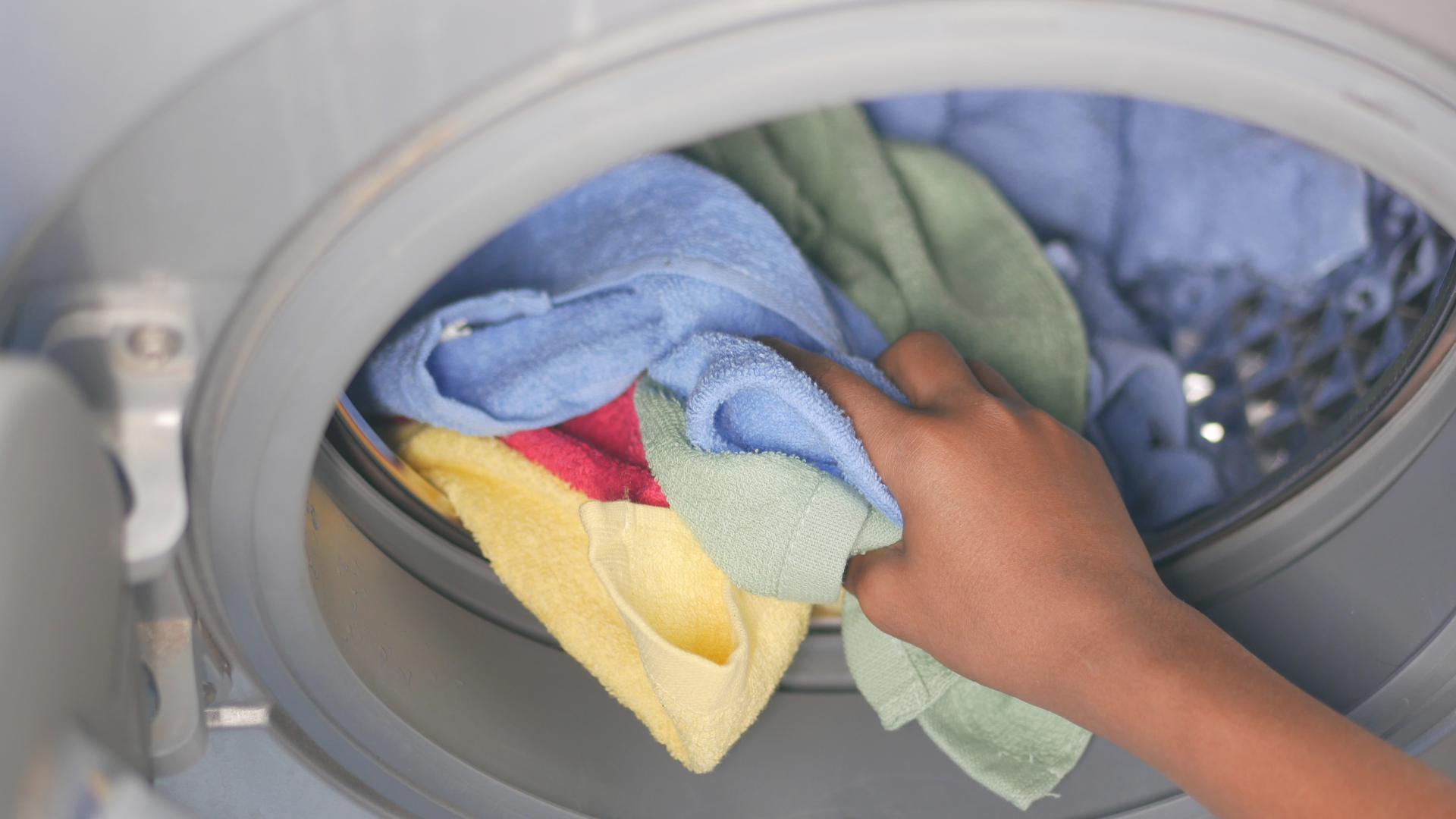Nutritionist & medical doctor Antonella Grima answers your questions about child nutrition
Hello wonderful mamas!
I do hope you are having a smashing week so far!
Nutrition is one of the most important aspects of our children’s basic needs. We all fret and worry. Is he eating too much? Or maybe too little? Is this good for my child? Ensuring our children eat well can be a challenge. The Mama Manual asked a few mamas what they would ask a nutritionist about their children’s diet if they had the opportunity. See what our mamas top 10 questions about nutrition were, and Antonella Grima’s answers.
-
Whilst we all do our best to shy away from processed foods, the reality is that we cannot avoid them completely. What red flags should one look out for?
It is always better to resort to food that is in its natural state whereby it has not been processed at all or only to a minimal extent. When food has been processed it usually has salt, sugar, fats and additives (such as colouring, preservatives & artificial flavours) added to enhance its flavour and prolong shelf life. These may be harmful to our health and increase the risk of developing diseases like obesity, high cholesterol and diabetes, to name a few. In addition, highly processed foods like biscuits or crisps have very little or no nutrients remaining when compared to natural food.
As a rule of thumb, one should look at the list of ingredients and go for products that contain the least number of ingredients, and avoid products with a long list of ingredients. If you cannot read it or don’t know what it is, don’t eat it!
Another thing one should be aware of is traceability of products. It is generally safer to consume products that have been produced in the EU where controls are more stringent and harmful products are banned, rather than products originating from non EU countries, where enforcement of product safety may not be in place.
-
Do you recommend supplementing with vitamins when kids are picky eaters?
One would have to assess each case separately. I personally like to get a detailed list of the variety of foods the child eats and whether that food is sufficient and nutritionally balanced enough to sustain the child’s growth.
When children go through bouts of poor eating because of childhood illnesses like gastroenteritis or colds, supplementing with a multivitamin for a couple of months may not be a bad idea.
On the other hand, if the problem is severe and persistent, one would need to look into addressing the source, as supplements are never a substitute to real food. -
A lot of parents worry that their child is not eating ‘enough’. Your thoughts?
This is a common concern among parents. Children are actually more capable than adults to self regulate, eat only when they are hungry and stop when they are full!
If your child eats a healthy range of foods, including fruit and vegetables, lean meat, carbohydrates such as grains, and a source of calcium such as dairy, and is growing at an appropriate rate for his or her age, you should not worry!
Expecting your child to wipe the plate clean, using food as a reward or threat, or causing anxiety or struggles around meal times may lead to patterns of eating disorders later on in life and pre-dispose a child to developing obesity. -
On the contrary, some children are hungry all the time. Should we ‘limit’ their food intake?
Children are inherently active and fidgety and this consumes a substantial amount of calories per day. This is even more true if they participate in sports or are passing through a growth spurt. In these cases children may at times eat as much as an adult!
As long as the food your child is eating is healthy and his or her weight is in the normal range for their age, you should not restrict portions. If on the other hand, your child is showing inappropriate growth and may be developing obesity it would be a good idea for you to seek advice. The professional consulting you should assist in altering your child’s eating patterns and food choices to help arrest excess weight gain, at the same time making sure that growth is not hindered. -
We all know that brown bread is better than white bread in terms of fibre. What’s the difference between brown, multigrain, wholegrain, multiseed – and which is best?
Brown – fibre may be added to white flour in varying quantities in the manufacturing process, giving it the bread a brown appearance. The amount of fibre is less when compared to wholemeal bread.
Wholemeal or wholegrain – the outer coat of fibre is retained on all the wheat that is used to produce the bread. The total fibre is thus higher than brown bread.
Multiseed bread – different seeds like linseeds, pumpkin seeds and poppy seeds are added to bread. The bread is usually wholemeal. These seeds contain added fibre and healthy omega 3 oils.
Multigrain bread – bread is produced by using different grains, such as oats, barley, wheat, and millet. This type of bread is often wholemeal.
The choice of bread depends on personal taste. I like to recommend varying between wholemeal, multiseed and multigrain since it is a good way of obtaining the health benefits of the more nutritious types of bread.
-
What foods do you recommend kids eat more of?
Fruit and vegetables. Most kids already eat enough fruit. The struggle usually lies with increasing the amount and range of vegetables that they eat.
-
What foods do you recommend that kids don’t eat?
Processed meat like sausages and hams have been shown to be carcinogenic. I would encourage parents to drastically reduce or eliminate their consumption. Another recommendation would be to limit added sugar intake.
-
Are these foods considered healthy or unhealthy for children?
Wraps (tortillas)
Occasionally ok. Opt for wholegrain products without palm oil.
Rice cakes
Generally fine. Children love their crunchiness and they could be a healthy alternative to crisps. Try to avoid excessive consumption. You can also opt for cakes made out of other grains, like corn or spelt, as rice contains a low dose of arsenic and this accumulates in the body.
Fruit yoghurt
Fruit yoghurts generally contain sugar or sweetners. Try plain or greek yoghurt sweetened with honey or with fresh fruit like banana, ripe peaches or strawberries.
Cereals such as the more commercial Kellogs cereals
Apart from plain oats, all breakfast cereals contain varying degrees of sugar. If you must include cereals, opt for those containing the least amount of sugar per 100g on the food label.
Cows milk
There is a hot debate about the pros and cons of cow’s milk and derivative products, such as cheese and yoghurt. Dairy provides a practical means of ingesting our daily requirements of calcium. If you opt for vegan alternatives , you have to be certain that your child is having his or her daily calcium requirements. Failure to do so will affect bone growth and strength.
Frozen store bought chicken nuggets made with chicken breast
Definitely better in quality than nuggets produced from minced chicken as the latter tends to be higher in saturated fat. However, breadcrumbs do contain added salt, fats and calories so consumption should be minimal.
Peanut butter
A healthy and tasty option as a spread. Ensure that it does not contain added ingredients like palm oil, sugar or salt. Choose smoothly ground peanut butter so as to prevent choking in young kids. Peanut butter can easily be prepared at home by pulsing raw or roasted peanuts in a food processor.
Baked beans
Beans and other legumes are an excellent source of fibre, protein and iron. They have been shown to help prevent obesity, high cholesterol and diabetes.
Baked beans are unfortunately prepared in a sugary sauce. Healthier options would be soaking and cooking dry beans from scratch, rinsing and draining plain canned beans to reduce the salt or cooking beans in a simple tomato sauce.Canned tuna
Tuna and other large fish such as swordfish tend to accumulate mercury. Their consumption should be restricted to around 1 portion per week. This especially applies to children who have their life ahead of them and a longer period of bioaccumulation than adults. In addition, canning and smoking destroys healthy omega 3 oils that are much needed for brain development. Fresh tuna or fresh or frozen salmon therefore provide a healthier alternative to canned.
Awesome! Thank you Antonella for answering our questions!
You may find more information about Antonella Grima or get in touch with her by accessing her Facebook page or her website.
Here’s a little bio on Antonella Grima
Dr. A ntonella Grima is qualified as a Medical Doctor at the University of Malta in 2005. She subsequently specialised in Public Health Medicine and obtained a Master of Science degree in Public Health at the University of Malta in 2009. In 2014, Dr. Grima obtained a Postgraduate diploma in Nutrition and Dietetics at the University of Malta and was subsequently recognised as a Registered Nutritionist by the Maltese Council for the Professions Complementary to Medicine.
ntonella Grima is qualified as a Medical Doctor at the University of Malta in 2005. She subsequently specialised in Public Health Medicine and obtained a Master of Science degree in Public Health at the University of Malta in 2009. In 2014, Dr. Grima obtained a Postgraduate diploma in Nutrition and Dietetics at the University of Malta and was subsequently recognised as a Registered Nutritionist by the Maltese Council for the Professions Complementary to Medicine.
Areas of interest include weight management, chronic disease prevention, pregnancy, post-pregnancy and weaning, children and growing teens.







Leave a Comment